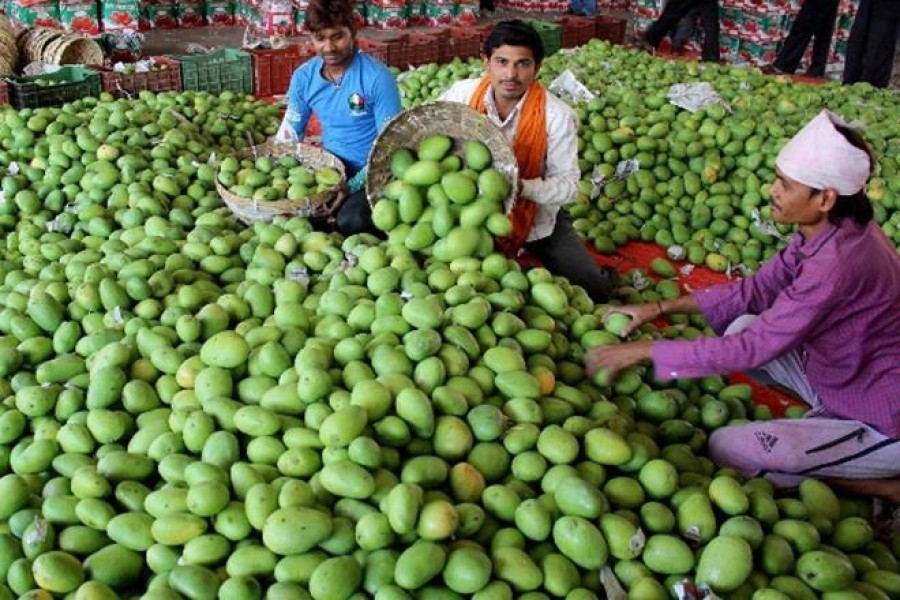After a long gap, Bangladesh appears to have become vocal about its many wonderful products that deserve the GI status. In the last seven years, three of its products have won the geographical indication (GI) certificates. They are the Jamdani sari, the hilsa fish and, quite recently, the Khirshapat mango. The delicious variety of the fruit grows in the country's south-western region. Despite being a centuries-old centre of 'Nakshi Kantha' bed-sheet, the country has so far failed to get the GI tag for it. The status has been won by India, the West Bengal state of which is also famed for its production. According to folk product experts, Bangladesh has no reason to miss the coveted certificate for its 'Nakshi Kantha'. Perhaps due to this, it is trying to register its own brand of the 'kantha', basically a hand-woven and fancifully designed fabric widely produced in some pockets of the country.
There are many aspects related to the winning of a GI registration. Essentially tied to a product's place of origin, it generates goodwill for that item owing mainly to its venue-specific reputation. A GI tag also ensures a wider market for the enlisted products in areas beyond a country's borders. In terms of the facility's use in trade and marketing spheres, the 'geographical indication' adds to the value and exclusiveness of certain products. The certification is related to some international business norms. It witnessed its beginning in World Intellectual Property Organisation (WIPO). As it views, GI is a sign used on products that have a specific geographical origin and possess qualities or a reputation that stem from that origin. In order for the GI to operate, a sign must identify a product as originating in a given place. The qualities, characteristics or reputation of a product should be essentially due to the place of origin. Elaborating, the WIPO says since the qualities depend on the geographical place of production, there is a clear link between the product's fame and its original place of production.
In line with these criteria, Bangladesh has identified over 60 products eligible for the GI tag. They include fishes, vegetables, ago-products, a highly rare white soil used in ceramic goods' manufacture, food items and some other assorted products. At present, Nakshikantha leads the list of items. Various groups of mangoes and sweetmeats also occupy a dominant place on the list. Due to its rich indigenous food heritage, the country has a lot to offer to food lovers in the country and abroad. According to them, almost all of these foods deserve to be certified and get GI recognition. The most beneficial aspect of this recognition is the products' marketability.
What the country is badly in need in applying for the tag is hygienic production of prepared foods. As for instance, coming to the cases of the popular sweetmeat of 'chamcham' or the 'Bakarkhani', the assurance of their being hazard-free and hundred per cent hygienic should be a sine qua non. The same safety requirements apply to the 'patali goorh' made by boiling date-palm juice during winter. In this case, the products' shelf-life plays an important role, as the 'goorh' loses its extraordinary aroma and sweet taste after certain time. This requires extra care in the items' preparation and preservation.
In fact, the country is enriched with hundreds of place-specific indigenous items that could be put on the list of geographical indication. The government formulated a GI Act in 2013 in line with the Trade Related Aspects of Intellectual Property Rights (TRIPS) agreement signed in 1995 among the World Trade Organisation (WTO) member countries. Bangladesh is well equipped with GI certification prerequisites inherent in a number of products. They must not be treated lightly. There are Bangladeshi products common also to other South Asian countries.


